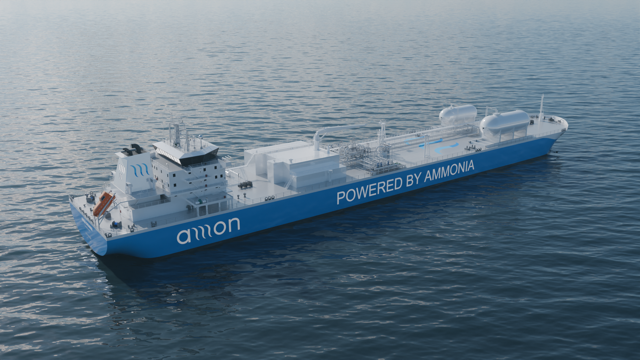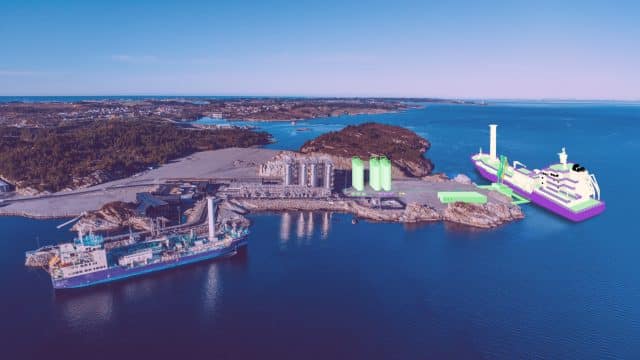Floating ammonia energy: new AiPs and partnerships
At the recent GasTech event in Italy, new agreements were signed for the development and execution of floating ammonia cracking (MOL and KBR), gas-based ammonia production (SBM Offshore), and renewable electricity-based ammonia production (H2Carrier).








